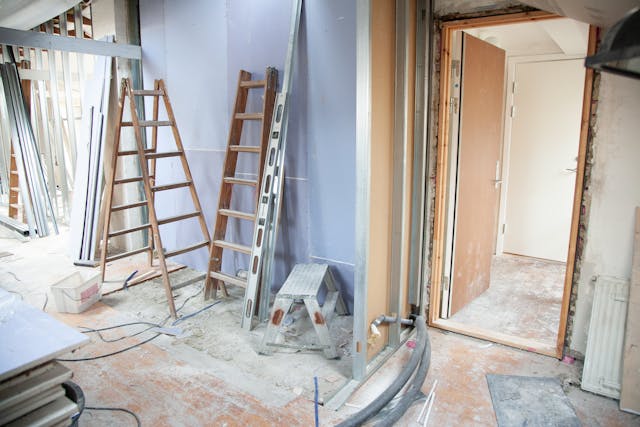Are you tired of home improvement projects that drag on for months, leaving you stressed and overwhelmed? It’s time to change that. Home renovations can be exciting, but they can also be a real headache if not planned properly.
Imagine transforming your home into your dream space without the usual chaos. It’s possible! With the right approach, you can streamline your next project and enjoy the process.
In this blog, we will share practical tips and strategies to help you tackle your home improvement project with ease and efficiency.
Understanding the Scope of Your Project
The first step in any home improvement project is to clearly define its scope. This means setting concrete objectives, determining the extent of the renovations, and establishing what you want to achieve. Start by making a list of everything you wish to change and categorize these items by ‘must-haves’ and ‘nice-to-haves’. This clarity will aid in prioritizing tasks and making informed decisions as the project progresses.
Choosing the Right Contractors
Finding and hiring the right contractors is pivotal for your project’s success. The expertise and reliability of the professionals you choose will directly impact the quality and timeliness of the finished work. Start by seeking recommendations from friends or family members who have recently undertaken similar projects. Once you have a list of potential contractors, conduct interviews and check their credentials and past work.
In addition, making use of digital payment processing for contractors is very important. This can streamline financial transactions, making the payment process transparent and hassle-free for both parties. Online payment platforms offer secure and efficient ways to manage payments, reducing the risk of errors and disputes.
Setting a Realistic Budget
A well-planned budget is at the heart of managing your home improvement effectively. Begin by researching the average costs of the renovations you plan to undertake. Remember to include a buffer of around 10-20% for unforeseen expenses, which are common in most projects. It’s also wise to itemize your budget, allocating funds specifically for materials, labor, design, and any permits or fees required. Staying within your budget requires discipline and continual reassessment of your expenses throughout the project to avoid overspending.
Creating a Project Timeline
A detailed timeline is your roadmap for the project. It outlines what needs to be done and by when, helping you track progress against set milestones. Start by discussing with your contractor the realistic duration for each phase of the project, considering factors like material delivery lead times and the complexity of the work. Publicize the timeline to all involved parties and update it regularly as the project evolves.
Preparing Your Home
Preparation is key to minimizing the impact of renovations on your daily routine. If you’re renovating a critical area like the kitchen or bathroom, consider how you’ll manage without these spaces. Setting up a temporary kitchen with essentials like a microwave, refrigerator, and coffee maker can reduce inconvenience. For extensive projects, it might even be worth considering alternative living arrangements temporarily. In addition, safeguard your belongings by clearing out the renovation area and covering furniture and flooring in adjacent areas to protect against dust and debris. This preparation phase is crucial for a smooth transition into and out of the renovation process.
Navigating Permits and Regulations
Start by consulting with your contractor about the necessary permits. These permits are important as they ensure that the renovations meet safety standards and are legally sanctioned. The process of obtaining permits can vary widely depending on your location and the scope of your project, so it’s important to start this step early. Failure to have the correct permits can result in fines and even force you to undo your work, so take this step seriously to avoid potential headaches.
Dealing with Unexpected Challenges
Home improvement projects often encounter unforeseen issues, whether they are hidden problems that are uncovered during renovations or delays due to material shortages. Approach your project with flexibility and be prepared to make decisions that could affect both the timeline and the budget. Keeping a calm demeanor and working closely with your contractor to find solutions to any problems can help mitigate the impact of these challenges.
Finishing Touches and Quality Checks
As your project nears completion, focus on the finishing touches and conduct thorough quality checks. Go through the renovation area with your contractor and point out any issues or adjustments that need to be made. This is your chance to make sure that everything has been completed to your satisfaction and according to your specifications. Focusing on the details during this phase will leave you satisfied with the final outcome.
All in all, tackling a home improvement project can feel like a daunting task. But with the right approach, it can be a smooth and rewarding experience. By planning carefully, gathering a reliable team, and staying organized, you can transform your house into a home you love without the stress. Keep in mind that every project is unique, so adapt these tips to fit your specific needs. With a little foresight and effort, you’ll be enjoying your newly improved space in no time.








Leave a Reply